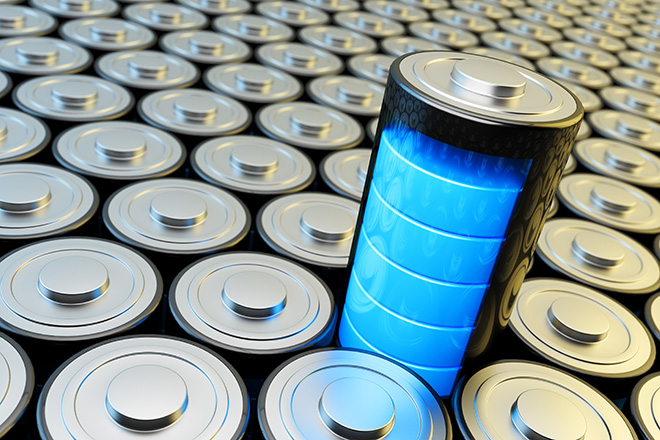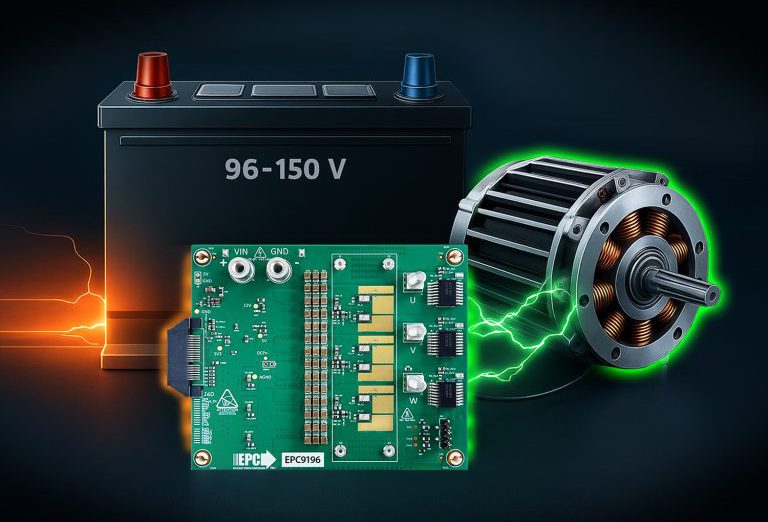Using magnetic nanoparticles to capture valuable materials from brines could help make the US a producer of minerals used in electronics and energy production. Today, most of these minerals are obtained from international sources, many of which are located in high-conflict regions.
The patent-pending technology, developed at the DOE’s Pacific Northwest National Laboratory (PNNL), has been licensed exclusively by Moselle Technologies, a start-up business that is piloting the technology in several US and international locations.
The core nanoparticle, magnetite, is used to anchor the adsorbent shell that selectively binds the compounds of interest. The nanoparticles can be introduced into brines from geothermal plants, produced water, mineral mining effluent and seawater, where they latch onto free-floating target compounds. When exposed to a magnet, the nanoparticles’ iron cores migrate toward the magnet, along with the critical material to which they are bound, and can then be filtered from the brine. The technology is being adapted to capture lithium.
By looking at the problem at a nanoscale level, PNNL researchers are developing an economic way to extract valuable rare earth elements from geothermal fluids. This approach may help meet the high demand for rare earth elements that are used in many clean energy technologies.
“Current approaches for lithium extraction from water, for example, require a processing step that pumps large volumes of water, thousands of gallons a minute, through an ion exchange filtration system, making it both energy-intensive and expensive,” said PNNL Laboratory Fellow Pete McGrail. “Our nanotechnology process allows us to miniaturize everything and removes the need for massive ion exchange separators required in other processes. Within a few minutes, virtually all of the lithium has been pulled from the solution by molecular collisions with our sorbent, and can then be removed with a magnet where it’s easily collected and purified.”

















































































